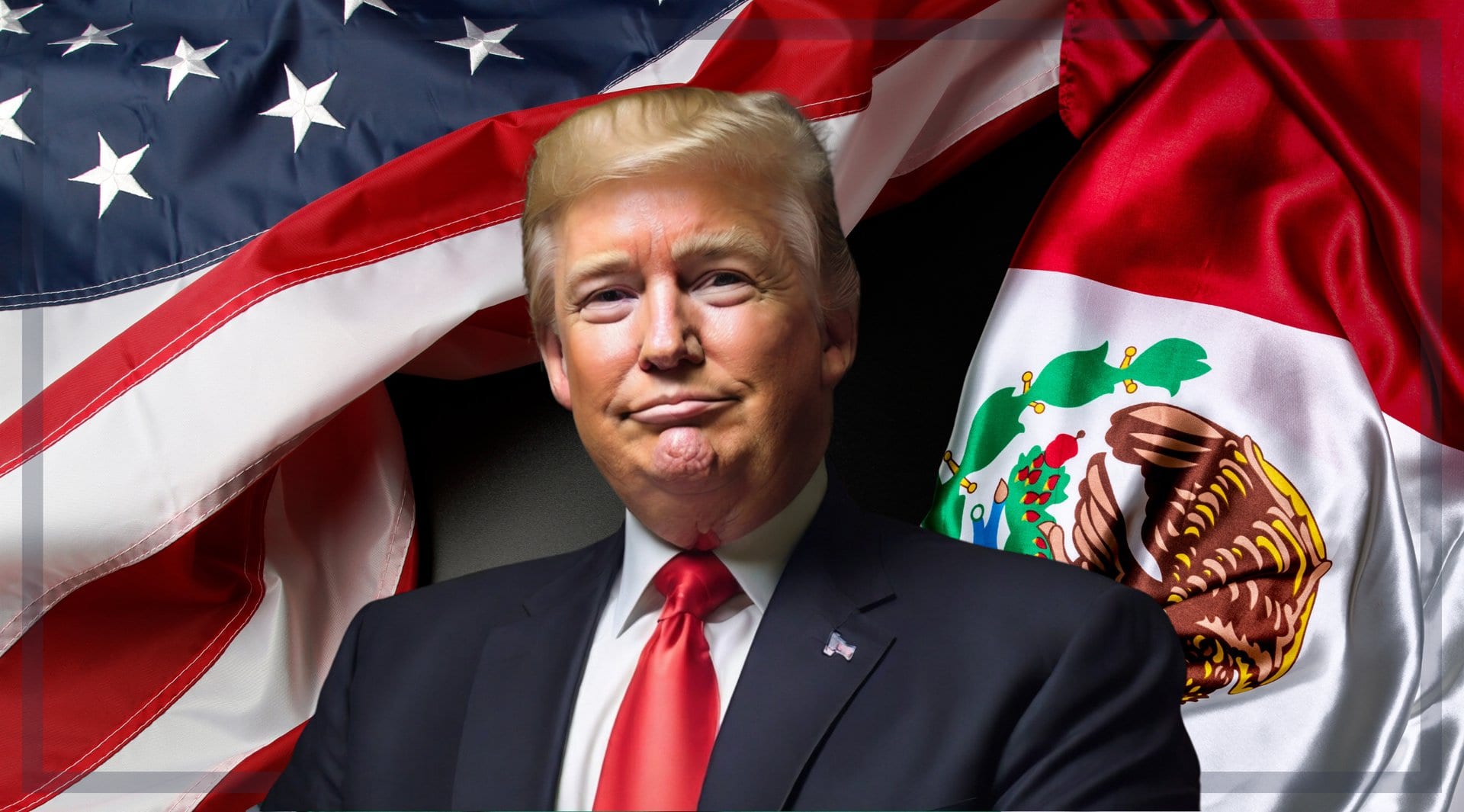The Mexican peso (MXN) has had a turbulent 2024, even before perhaps the world’s most vocal Mexico critic, Donald Trump, secured victory in the US presidential election earlier this week.
The peso initially started the year strongly as foreign exchange traders found it an attractive option for carry trades, which involve borrowing in currencies that offer low interest rates, such as the Japanese yen or Swiss franc, in order to buy higher-yielding currencies such as MXN.
With Mexico offering substantial interest rates at the time of 11.25%, alongside a stable political climate and low levels of currency volatility, holding the peso made sense for plenty of traders, pushing up its value.
This started to change around the time of the Mexican presidential election in June, which saw the left-wing Claudia Sheinbaum emerge victorious. Sheinbaum pledged to pass constitutional reforms raising the minimum wage above inflation and promised to expand welfare payments significantly, while also continuing costly programmes started by her predecessor Lopez Obrador, such as implementing a universal pension.
In the aftermath of the election, hedge funds cut their net long positions on the Mexican #peso by over 56,000 contracts, with asset managers similarly adjusting their bullish positions on the currency. #Mexicohttps://t.co/NcCNczYkQw
— #DisruptionBanking (@DisruptionBank) June 26, 2024
Traders feared that her policies would mean much higher government spending and higher debt when Mexico is already running a budget deficit of nearly 6% of GDP, feeding into a weaker peso compared to the dollar and most major currencies. Indeed, since the Mexican election at the start of June, the greenback has appreciated by over 17% relative to the peso.
However, a Trump presidency significantly increases the risks in peso markets and strongly suggests that a further bout of volatility could be in store. This was reflected in USD/MXN markets at the results emerged in the early hours of Wednesday morning, during which time the dollar gained as much as 3% against the peso, which has since regained some territory.
Trump has pledged to impose steep tariffs on Mexico in a bid to balance out the steep trade deficit which the US currently run with Mexico – a deficit which increased by $22 billion to $152 billion in 2023, making it the US’ second largest trade deficit after that with China.
Punitive tariffs against Mexico would be a huge problem for the Mexican economy as exports to the US account for about a third of the country’s GDP. According to Capital Economics, Trump’s plans to impose tariffs of 10% on all imports would take at least 1.5% off Mexico’s GDP, something which would almost certainly be reflected in a weaker peso.
There is also the chance that tariffs on Mexican goods far exceed 10%. After all, Trump and other Republican lawmakers have long complained that China is taking advantage of an alleged loophole in Mexico in order to secure tariff-free entry to US markets under United States-Mexico-Canada Agreement (USMCA), a free trade deal which entered into force in 2020. It is feared that China is expanding manufacturing in Mexico to bypass tariffs and sanctions. As a result, Trump has pledged to impose tariffs of up to 200% on goods like vehicles, which he sees as potentially Chinese in origin. Should this transpire, Mexico’s GDP growth would take an even heavier hit.
NEW: Trump today threatens *100%* tariffs on *all imports* from Mexico, America's largest trading partner
— Jeff Stein (@JStein_WaPo) November 4, 2024
A 25% tariff alone (which Trump also threatened) would amount to $100B/yr, or $1 trillion tax/decade
Remarkable escalation day before electionhttps://t.co/eYvRiIzcfB
An analyst from the Mexican bank Monex wrote in a note to clients after the election that “a Republican Senate majority and potential House win raise the chances of Trump’s radical reforms, which could hurt Mexico’s economic dynamism.”
The peso, as well as Mexican equities, will also likely see further depreciations as a result of the fact that the dollar itself is likely to strengthen as a result of Trump’s trade policies. As Tom Wilson, head of emerging market equities at Schroder Investment Management, has said, “trade tariffs and other Trump administration policies may be inflationary for the US.”
Trump’s immigration and tariff policies could increase inflation: pic.twitter.com/M68HX18DCJ
— Yahoo Finance (@YahooFinance) November 7, 2024
“The expected outcome would be dollar strength, higher inflation, less easing from the Fed and a higher US yield curve. All of this is broadly unhelpful for emerging market equity returns, pressuring currencies and limiting freedom of action for central banks.”
Trump’s economic policies notwithstanding, it is clear that US-Mexico relations are in for a volatile time. During the campaign, Trump frequently touted the prospect of ordering unilateral strikes on Mexican territory in order to crush the Mexican drug gangs accused of smuggling fentanyl into the US. Elevated levels of political volatility are highly likely to feed into a turbulent USD/MXN market for the next four years.
Author: Harry Clynch
#USA #Mexico #MXN #USD #Peso #Dollar #ForeignExchange















